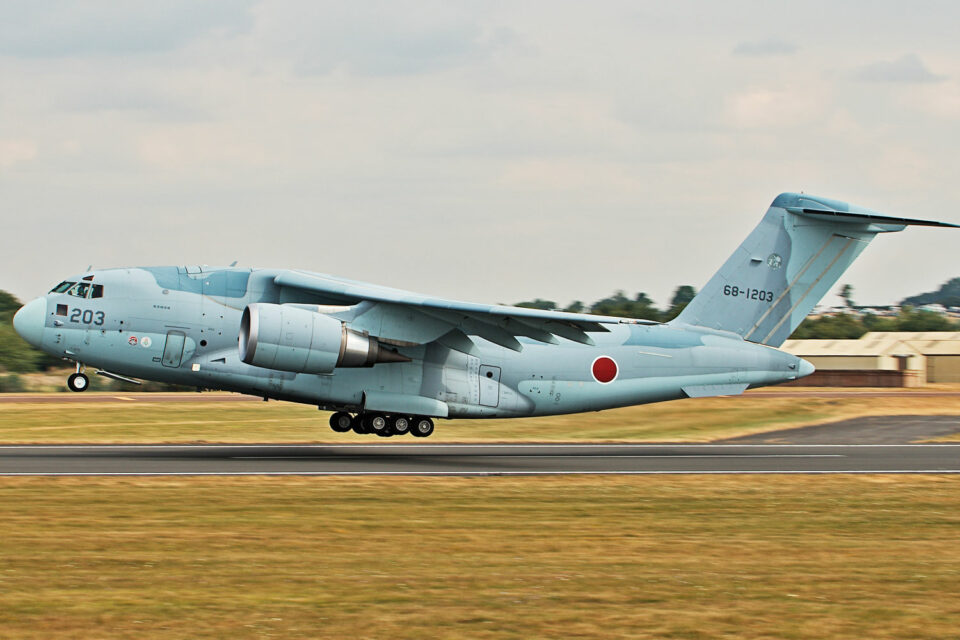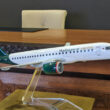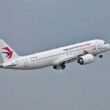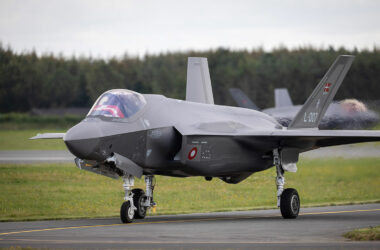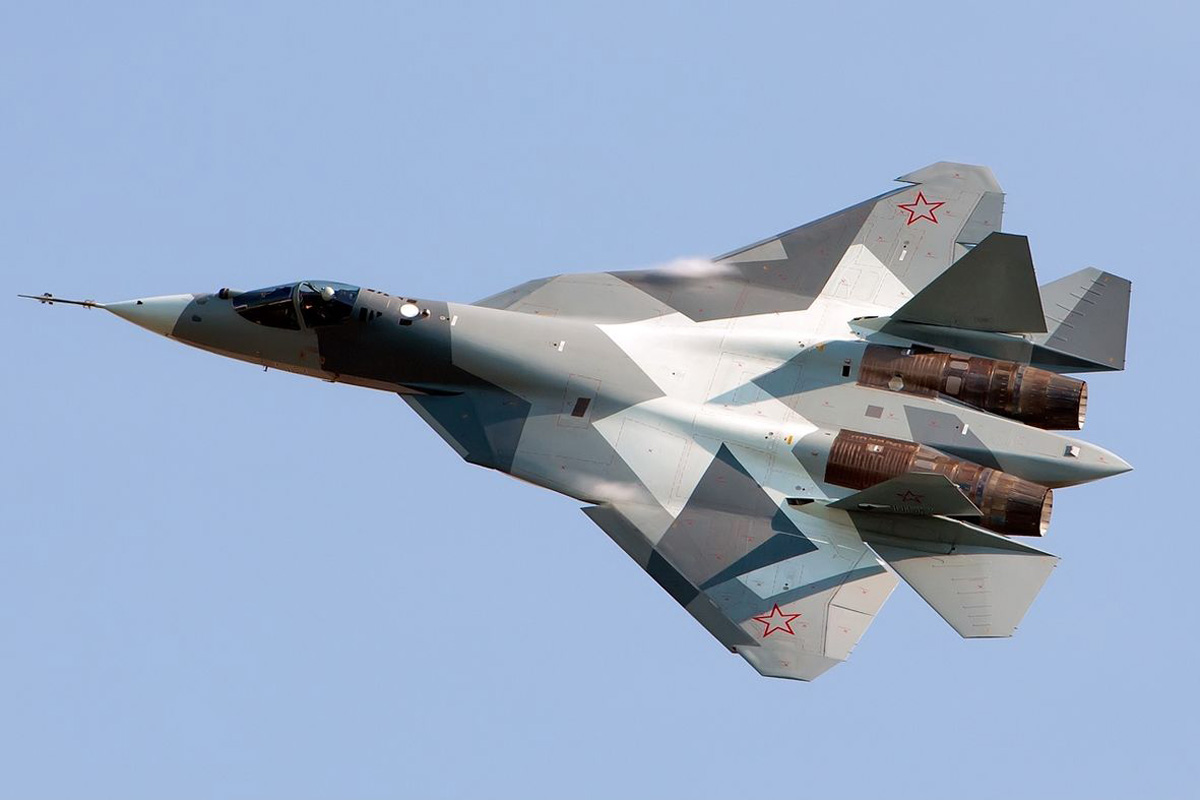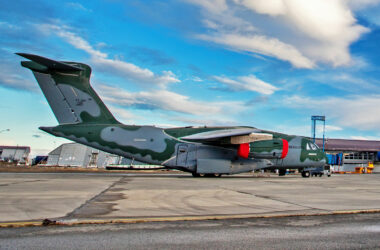Last month, the Royal Australian Air Force (RAAF) announced the selection of the Lockheed Martin C-130J Super Hercules to replace older C-130Js in service. However, on Wednesday, during an Australian Senate hearing, the rushed option for the US-made aircraft was questioned by MPs, who summoned the RAAF commander, Air Marshal Robert Chipman, for clarification.
Asked about the selection of the Hercules, Chipman defended the choice of the aircraft and stated that the model is “the only option that meets all of Australia’s capability requirements”. The acquisition program, called Medium Air Mobility Aircraft (MAMA), also evaluated the Airbus A400M, Kawasaki C-2 and Embraer C-390 Millennium aircraft.
“We had a look at those four aircraft over 22 different requirements. They related to aircraft performance, certification across the roles in which we expect to utilize the aircraft and the ease with which we might transition the aircraft into service,” said the head of the RAAF.
However, Chipman declined to explain which were the 22 requirements that determined the choice of Hercules and how the analysis of the aircraft was conducted.
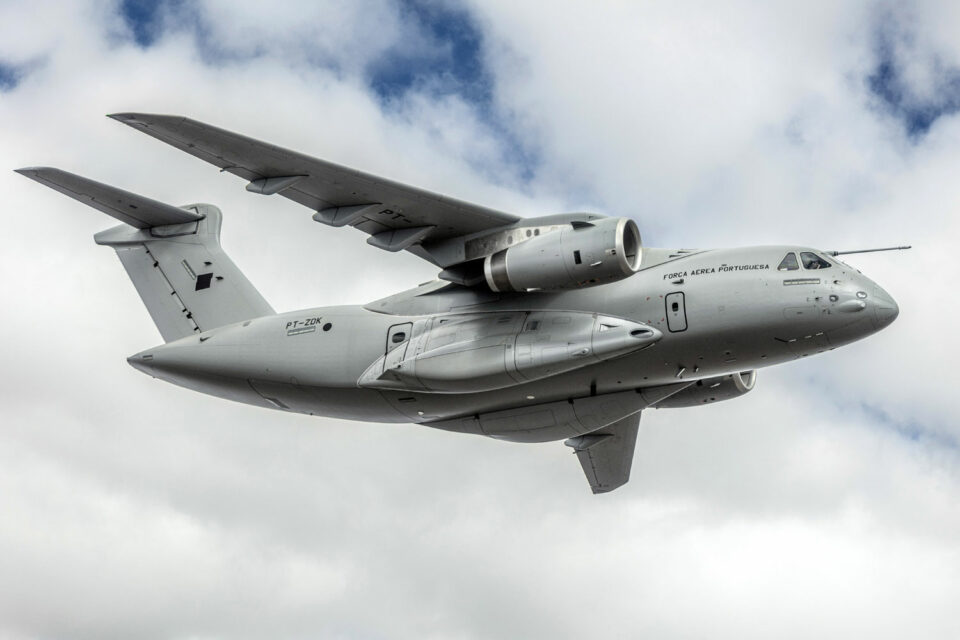
The Australian Defense Magazine suggested that the selection of the Hercules and the evaluation of the other aircraft in the MAMA program may have been just a “theoretical exercise” as the country spent most of 2021 under lockdown due to Covid-19.
The outlet further acknowledged that the Kawasaki C-2 and Airbus A400M would be too large for the RAAF’s medium transporter requirement, unlike the Embraer C-390, which “has been designed from the outset to be a C-130 replacement and is now in service with the Brazilian Air Force and has been selected by Portugal, Hungary and the Netherlands”.
Commenting on the selection of the C-390 by the Netherlands, Liberal Senator David Fawcett pointed out during the hearing that the Brazilian aircraft was superior to the C-130J in several criteria. “I noticed the Dutch Defense Minister, when speaking to their parliament and explaining why they had purchased the Embraer aircraft, said, essentially, that it cost less, was easier to maintain and had more capacity and more availability than the C-130J.”
The RAAF is to order 30 new C-130Js, six of them of the KC-130 variant, with aerial refueling capability. The agreement with Lockheed Martin still depends on the approval of the Australian government, which should occur in 2023. The delivery of the aircraft, however, should only start at the end of this decade.
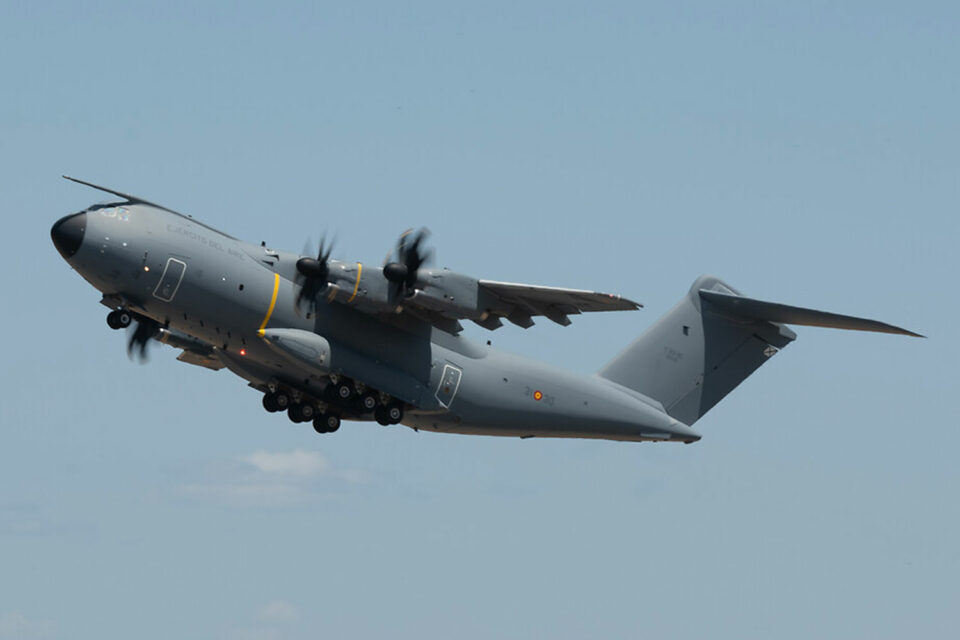
Better rivals than the C-130J
The KC-390 even made a technical stop for refueling in Australia in 2017, on its way to New Zealand, for demonstrations for the neighboring country’s Air Force. Embraer, however, did not give details about its proposal to the RAAF.
Of the four competitors, the C-130J is the slowest and carries the least payload. Tactical aerial refueling capability is also shared by the A400M and KC-390, which can transfer fuel to slower aircraft and helicopters.
Despite this, the MoD defended the choice of “a low-risk, full-role certified, proven, mature and affordable replacement aircraft that meets Australia’s air mobility needs”.
Recently, Australia has approached the United States to bolster its defense arsenal, including the purchase of nuclear-powered submarines, an agreement that has angered France, a former partner in a similar program.
